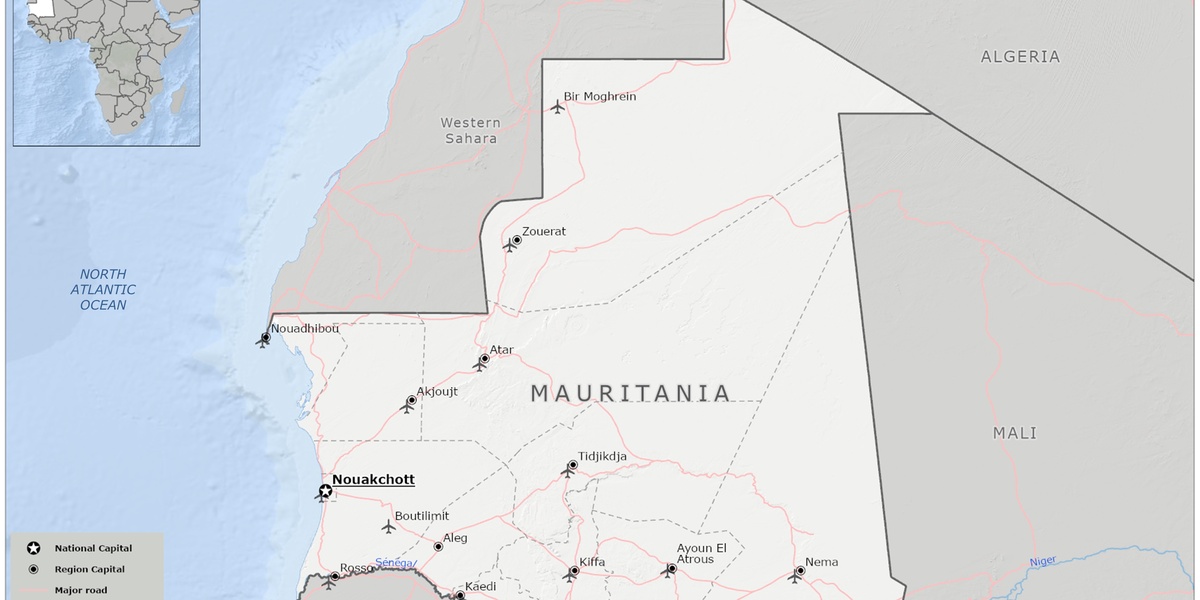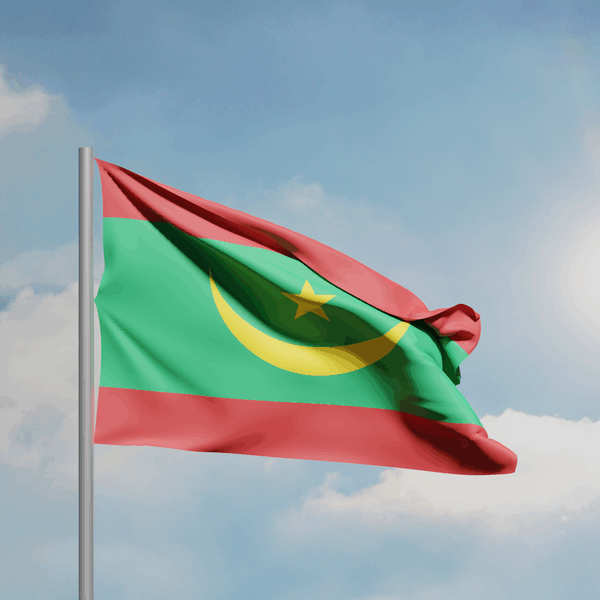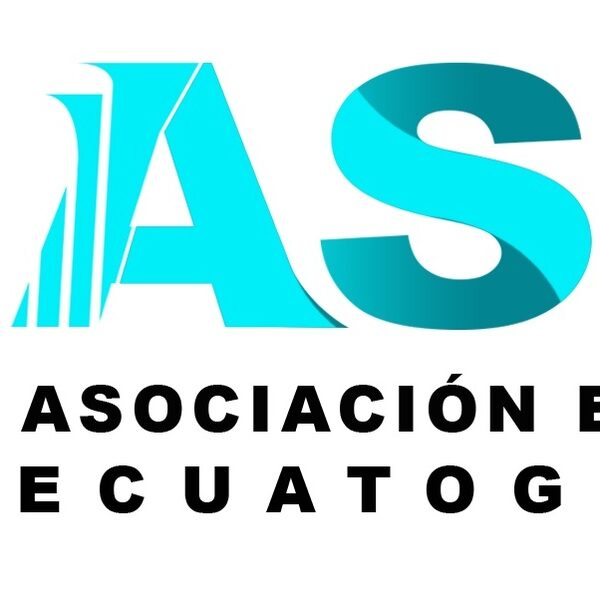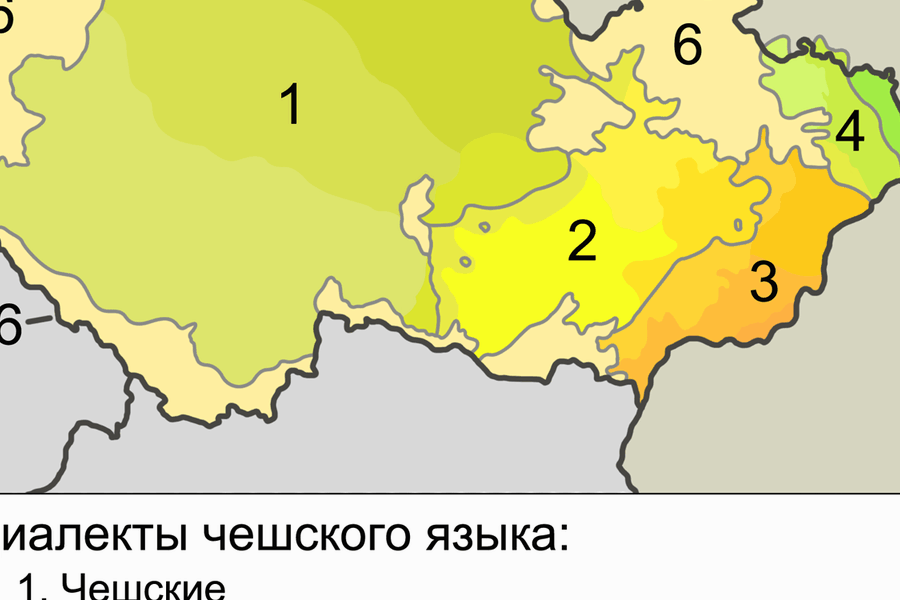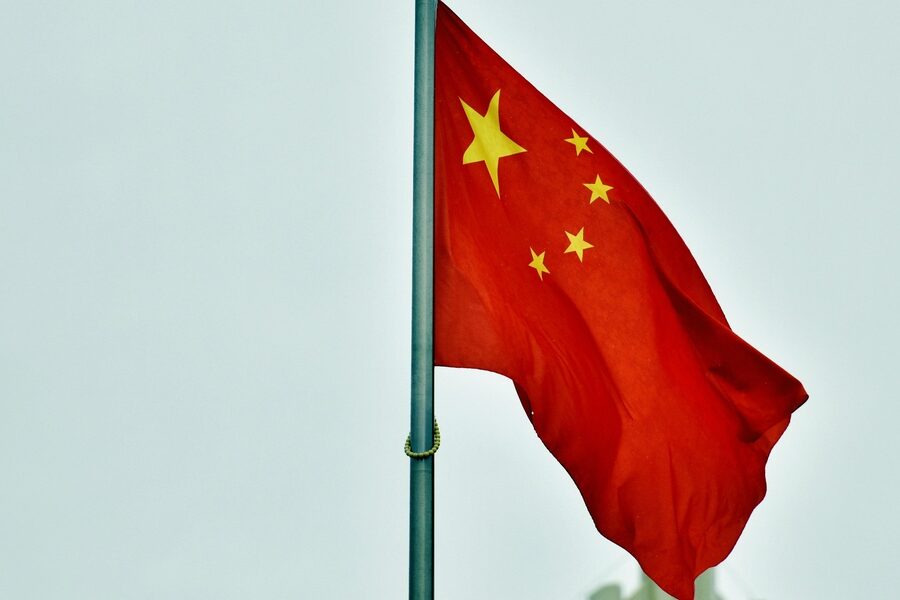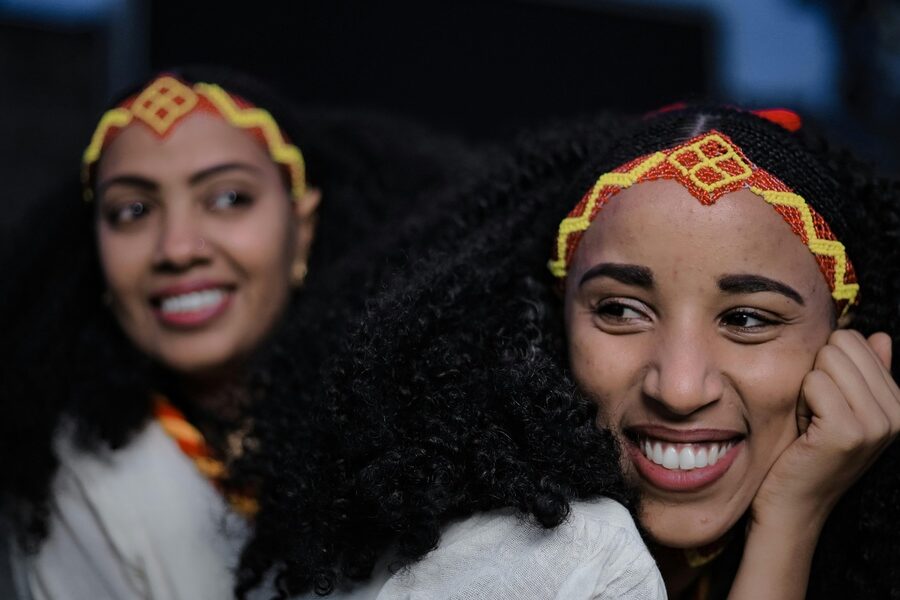Mauritania sits at the meeting point of the Sahara and the Atlantic, where trade, migration and ethnic diversity have shaped how people speak across cities, oases and coastal towns. Language here reflects history as much as present-day identity, from urban centers to small pastoral communities.
There are 7 Dialects in Mauritania, ranging from Hassaniya (Nouakchott urban) to Zenaga. For each entry you’ll find below the Region(s), Speakers (est), Family / status so you can quickly compare where each variety is spoken, how many people use it, and its linguistic classification before diving into the list you’ll find below.
How similar are these dialects to one another?
Most varieties share features of Arabic speech in Mauritania, with Hassaniya serving as a widespread colloquial standard; speakers of neighboring dialects generally understand each other. Zenaga, however, is a Berber language and not mutually intelligible with Arabic varieties, while smaller local varieties show varying degrees of difference.
Which dialects are most vulnerable to decline?
Small-community varieties and Zenaga face the greatest risk due to urbanization, language shift toward Hassaniya and limited intergenerational transmission; documentation and community programs can slow decline, but population size and social pressure are the main factors.
Dialects in Mauritania
| Name | Region(s) | Speakers (est) | Family / status |
|---|---|---|---|
| Hassaniya Arabic | Nationwide (Sahara, Nouakchott, Trarza, Brakna) | 2,500,000 | Arabic (Hassaniya)/Vigorous regional vernacular |
| Hassaniya (Nouakchott urban) | Nouakchott and coastal urban areas | 700,000 | Arabic (Hassaniya)/Urban regional variety |
| Zenaga | Tagant, Brakna, Gorgol (south-central) | 1,000 | Berber (Zenaga)/Severely endangered |
| Tamasheq (Mauritania) | Adrar, Tiris Zemmour, northern desert regions | 20,000 | Berber (Tuareg)/Vulnerable minority variety |
| Pulaar (Haalpulaaren) | Gorgol, Guidimaka, Brakna (southern riverine) | 300,000 | Niger–Congo (Fula)/Stable regional language |
| Soninke | Gorgol, Guidimaka, Senegal River valley | 150,000 | Mande (Soninke)/Stable to vulnerable |
| Wolof (Mauritanian) | Rosso and Senegal River valley settlements | 40,000 | Niger–Congo (Wolof)/Minority regional variety |
Images and Descriptions
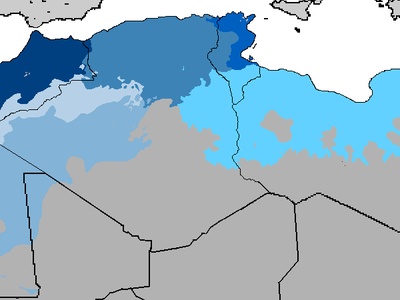
Hassaniya Arabic
Main spoken Arabic of Mauritania; a Saharan Bedouin dialect with Berber and African substrata. Used in daily life, media and politics; it varies regionally in pronunciation, vocabulary and social indexing across ethnic groups and towns.
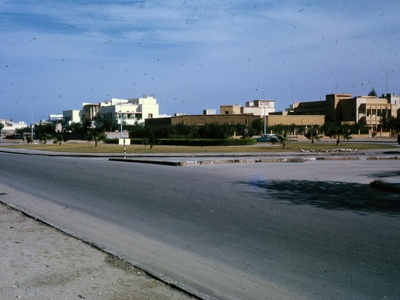
Hassaniya (Nouakchott urban)
Urban Hassaniya mixing rural Bedouin speech with borrowings from Wolof, Pulaar and French. Features simplified vowel patterns, youth slang, and serves as the city’s common spoken form across ethnic communities. Widely used in commerce and radio.
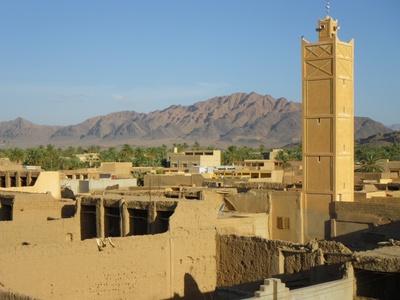
Zenaga
Southern Berber language of Mauritania with heavy Arabic influence; now spoken by small communities (largely older speakers). Notable for conservative Berber features and unique vocabulary; largely replaced socially by Hassaniya Arabic.
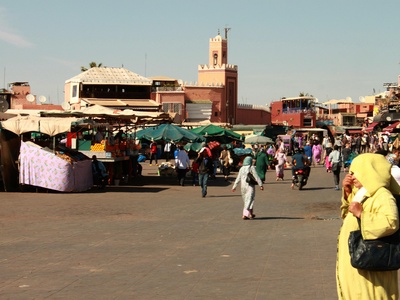
Tamasheq (Mauritania)
Tuareg Tamajaq/Tamasheq varieties used by Tuareg communities in northern deserts. Distinct phonology and Tamajaq morphology, oral poetic traditions, and nomadic lexicon; often bilingual with Hassaniya and French for wider communication.
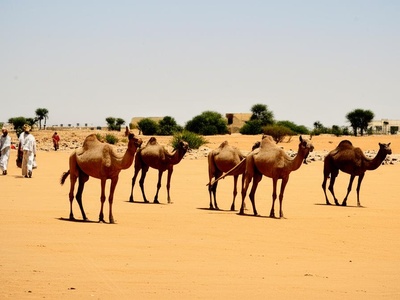
Pulaar (Haalpulaaren)
Fula variety (Pulaar/Haalpulaaren) spoken by Fulɓe in southern Mauritania. Known for noun class system, agglutinative verbs and oral traditions; used in rural communities, markets, and local media, often bilingual in Hassaniya or French.
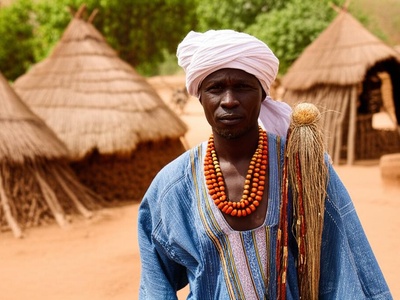
Soninke
Soninke (Sarakole) of agro-pastoral communities in the Senegal River valley. Mande phonology and vocabulary, used in local trade, cultural ceremonies and everyday life; many speakers bilingual in Pulaar or Hassaniya.

Wolof (Mauritanian)
Wolof spoken by small communities along the Senegal River and border towns; similar to Senegalese Wolof but with local loanwords from Arabic. Used in markets, family domains, and cross-border trade.

